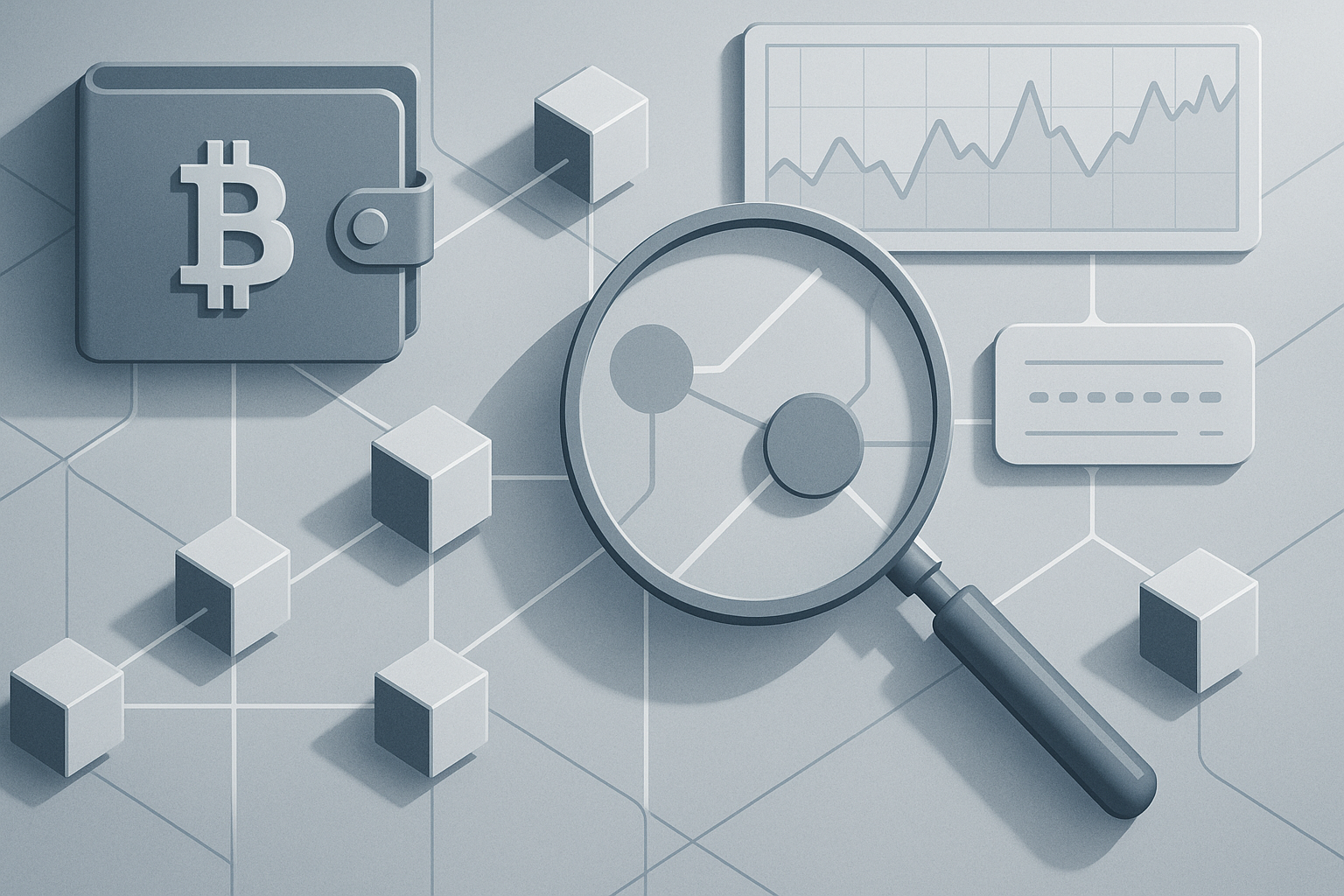New data signals a notable shift in how the United States manages a growing allocation of Bitcoin that could influence cross-border pay for workers. The development is linked to expanding use of on-chain payments and the increasing role of crypto wallets in everyday payroll workflows. This article examines what the rise in reserves means for payroll operations, industry infrastructure, and the risk models that firms rely on to protect workers and maintain compliance. What begins as a financial maneuver by institutions may become a practical toolkit for international compensation, provided the ecosystem keeps pace with accounting, tax, and regulatory requirements.
Become a Doc: Profile Ethereum wallets and discover their behavior.
Use WalletAutopsy.
The U.S. Reserve and the payroll architecture behind crypto salaries
Structural shifts in reserve management are prompting payroll processors and human resources teams to rethink how salaries are delivered. A growing inclination toward Bitcoin as a rounding tool and a potential treasury asset has redirected attention to custody, settlement speed, and funding cycles. For employers, the appeal lies in streamlined cross-border settlements and the possibility of reducing intermediate conversion costs, while workers may gain faster access to funds and more flexible payment options through crypto wallets. Yet every advantage has a counterpart, including how price volatility and taxation affect net pay and the need for precise accounting that aligns with local labor and tax rules. In this context, firms are advancing methods to align treasury practices with payroll timing, risk controls, and transparent disclosure to employees.
On-chain rails and the role of crypto wallets in payroll
Payment rails built on blockchain infrastructure offer a direct path from company treasury to employee wallets. When funds move on-chain, they can arrive in near real time and reduce reliance on traditional banking rails, though this depends on liquidity, network fees, and gateway integrations. Crypto wallets emerge as essential tools for recipients, transforming how workers access earnings, convert tokens, or participate in fringe benefit programs that use digital assets. For payroll teams, the practical challenge is ensuring that wallet addresses are verified, that employees understand tax implications, and that appropriate controls exist to prevent unauthorized transfers. The practical benefits include improved visibility into settlement timelines and the potential to automate certain steps in the payroll cycle through smart contract logic, all while maintaining rigorous reconciliation to fiat equivalents for payroll records.
Regulatory pressure and risk considerations
Policy and risk considerations loom as more institutions express interest in Bitcoin-backed payroll. Regulatory clarity around reporting, withholding, and cross-border taxation remains uneven, and firms must consider how to document payroll events, value fluctuations, and beneficiary data. Risk models need to account for price volatility, custody security, and potential disruption in on-chain settlement. Compliance programs increasingly emphasize validation of employee consent, clear communication about income recognition, and the alignment of payroll practices with local labor laws. Analysts emphasize that robust governance around treasury allocations, exposure limits, and third‑party custody solutions will help firms manage volatility while maintaining payroll reliability. In this environment, the integration of crypto analytics becomes pivotal, helping teams quantify exposure, monitor risk concentrations, and audit transaction histories with precision.
Economic implications for workers and employers
Economic forces shaped by reserve growth influence both employer strategy and worker expectations. Employers may experiment with hybrid approaches that mix fiat and digital assets, providing options for employees to receive a portion of earnings in Bitcoin while preserving stable currency payouts for essential expenses. Workers benefit from more payment choices and potential access to new financial services tied to digital assets, including savings opportunities or reward programs linked to spending on crypto wallets. However, volatility remains a reality that requires clear communication about net income, tax withholding, and conversion risks. The broader implication is a more dynamic payroll ecosystem that hinges on reliable custody, accurate valuation, and a robust framework for recording in payroll accounting systems. In this setting, financial technology teams should integrate crypto analytics to monitor performance and to support decision-making with enterprise-wide transparency.
What lies ahead for payroll technology and crypto analytics
Future capabilities in payroll technology will likely emphasize tighter integration between treasury, payroll, and compliance functions. Platforms that connect company ledgers with employee wallets can automate payroll cycles, track token-based earnings, and provide detailed reporting that satisfies auditors and regulators. The ongoing development of interoperable standards for on-chain payments and identity verification will further streamline onboarding and reduce processing times. For workers, improved education around how to manage crypto earnings, how to convert assets, and how to report income remains essential. The role of crypto analytics will continue to grow as organizations seek deeper insight into exposure, liquidity needs, and the performance of digital asset payroll programs. At the same time, employers should maintain clear governance around data privacy, transaction authorization, and beneficiary protections to ensure the reliability and fairness of compensation in a digital era.
Conclusion: a measured step toward digital payroll maturity
In sum, the rise of Bitcoin reserves in the United States signals a potential turning point for global crypto payroll. It invites a careful balance between the benefits of faster, cheaper cross-border settlements and the responsibilities that come with volatile assets and evolving regulations. A disciplined approach—one anchored in crypto wallets security, precise on-chain analytics, and transparent communication with workers—will help the ecosystem mature. The path forward rests on sound governance, robust technology, and a shared commitment to legitimate payroll practices that respect workers’ rights and financial realities as the digital asset economy expands.
